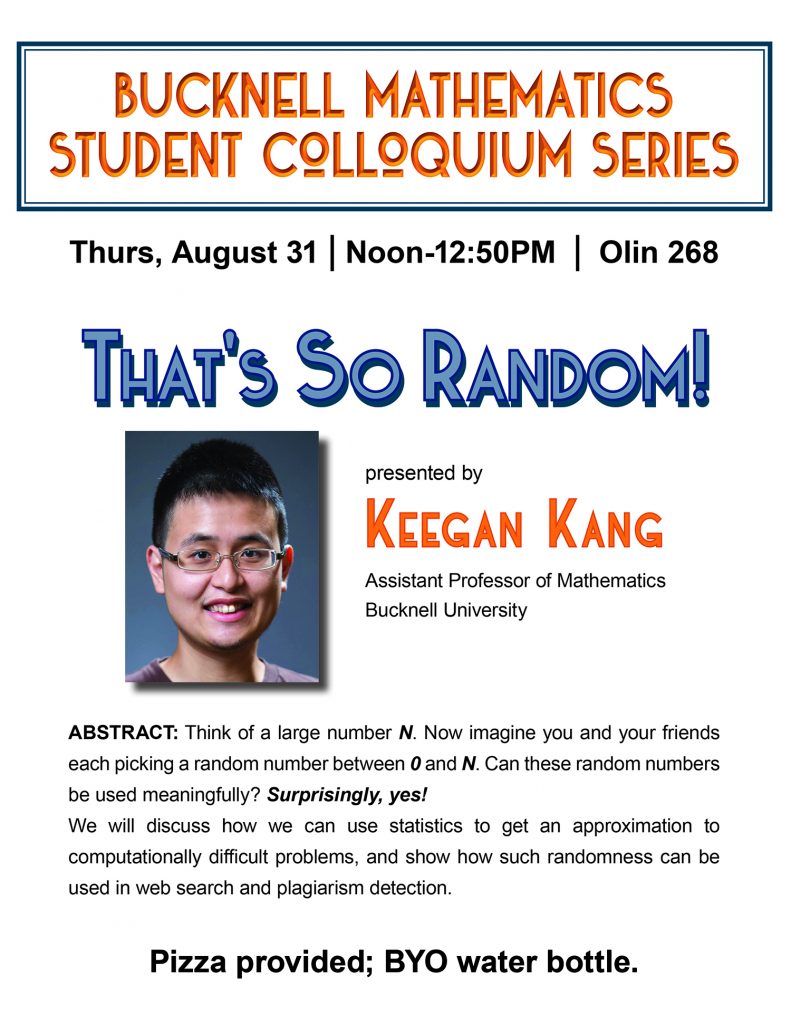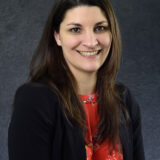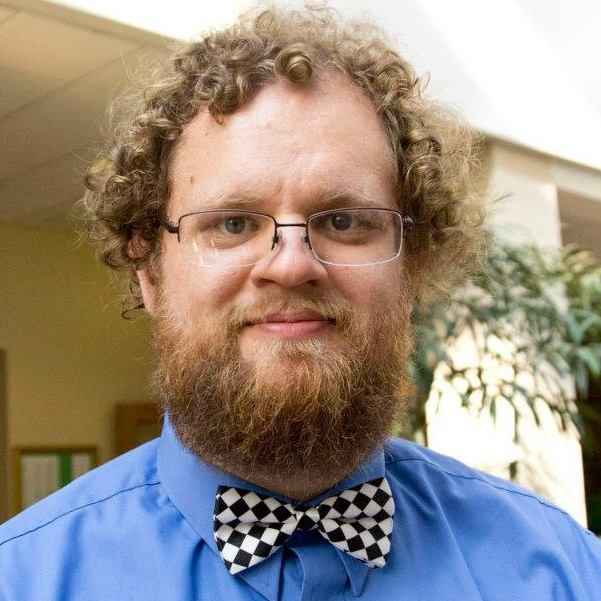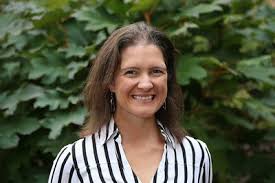Student Colloquium Talk by Gloria Asare, AXA Insurance, Toronto, Canada
Abstract: Come learn what it takes to become fully certified and work as an actuary. Our presenter Gloria Asare, ACAS, MAAA will touch on various topics of interest related to the actuarial field. These include: how to become an actuary; the different types of actuaries that exist; the types of mathematical problems actuaries solve; what one’s journey to being an actuary could look like; and diversity in the actuarial profession.
Anyone interested in the actuarial profession (even if you don’t know what it is) is welcome! A mathematical background is not required to attend.
Bio: Gloria Asare is a Specialist Actuary in Pricing at AXA Insurance in Toronto, Canada. She is an Associate of the Casualty Actuarial Society (ACAS) and a member of the American Academy of Actuaries (MAAA). She has ten years of experience working as an actuary in the commercial property and casualty insurance industry supporting various lines of business. After graduating Cum Laude from the Wharton School – The University of Pennsylvania with Bachelor of Science in Economics with a Concentration in Actuarial Science, and a minor in African Studies, she started out her career in Exton, PA (about two hours away from Lewisburg) before relocating to lower Manhattan in New York City, and then to Toronto. Gloria is interested in helping people from all backgrounds get interested in and succeed in the actuarial profession, especially those from underrepresented backgrounds. Gloria is an active member of the CAS and the International Association of Black Actuaries (IABA). She has also served on the Scholarship committee of the Ontario Conference of Casualty Actuaries (OCCA – a regional affiliate of the CAS), on the Scholarship Committee of IABA, and last year founded the Toronto affiliate of IABA. She serves as mentor to a number of students and early career professionals in the field as well. Gloria is proudly African with roots in Nigeria, Kenya and Ghana. She is also a wife, and a mother to two spirited children.






